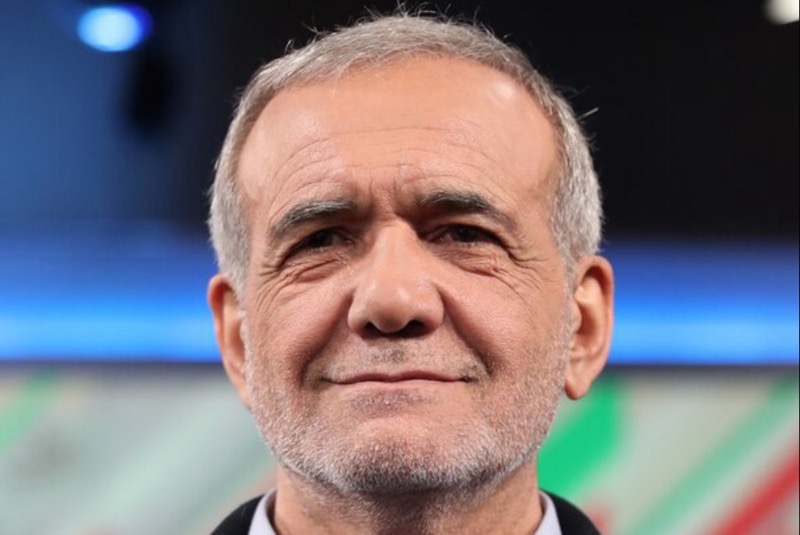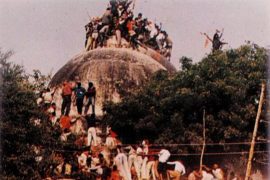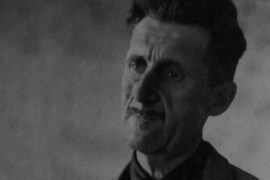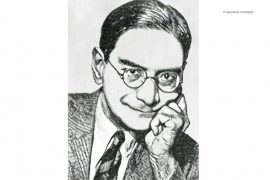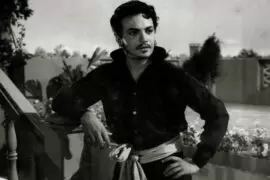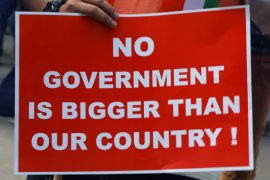Contrary to the predictions by Western pundits that Iran would not be able to elect a new President in an orderly manner, Iran has rather smoothly elected Masoud Pezeshkian to succeed President Ebrahim Raisi, who died in a helicopter crash on 19 May 2024.
We do not know the reason for the crash as there were three helicopters, and only one crashed. It follows that the bad weather alone cannot be the full explanation. Did Israel play a role? We do not know yet. Even if Iran has reason to conclude that Israel might have engineered the crash, Iran will not come out with it unless it has figured out a way to retaliate.
Dr. Masoud Pezeshkian, 71, a heart surgeon who had earlier served as minister of health for five years, got 16,384,403 votes as compared to 13,538 179 for Saeed Jaleel, a conservative who had the blessings of Ayatollah Khamenei. In Iran, only those who are permitted by the Guardian Council, which is controlled by the Ayatollah, can contest the election. There were seventy-odd candidates, including women. Only four were allowed to contest in the first round on 28 June. None of the four candidates got 50 per cent of the votes. Pezeshkian was the only one who had advocated reforms.
Pezeshkian, going by his public pronouncements, will focus principally on two areas:
- Reviving the economy ruined by sanctions imposed by Trump in 2018, with inflation running at 40 per cent, by engaging with Washington on the stalled 2015 nuclear deal-technically the JCPOA(Joint Common Programme of Action). In parallel, Teheran will try to intensify economic relations with countries that have decided not to abide by America’s sanctions.
- Removing or at least softening the harsh laws about hijab and restrictions on access to the internet and freedom of expression.
Some Western pundits have argued that the newly elected President is unlikely to succeed as, in the Iranian system, the Ayatollah is the final authority, and the President’s duty is only to implement the decisions taken and transmitted to him. As regards defence and foreign policy, the Ayatollah primarily takes advice from the IRGC (Islamic Republic Guardian Council), which reports directly to him.
There is merit in the argument. It is true that the unelected Ayatollah Khamenei holds supreme power. However, the big picture is not as simple as the pundits have put it out.
The regime in Iran has seen its legitimacy erode for many years, especially following the atrocious suppression of dissent over the compulsory imposition of hijab. Mahsa Amini, 22, was arrested for not wearing a hijab, and she died in custody. Many people believe that she was killed. This was in September 2022.
The protests were under the banner ‘Women, Life, Freedom’. In November 2022, the United Nations Human Rights Council established an independent international fact-finding mission (FFMI) that brought out its report in March 2024. ‘The Mission established a pattern of the security forces shooting protesters with assault weapons, resulting in credible figures of up to 551 deaths, among them at least 49 women and 68 children, in 26 out of the 31 provinces in Iran, in largely peaceful protests.
Iranians chose to show their distrust of the system by boycotting the election. Raisi was elected in 2021 with 72.35 per cent of votes. However, the turnout was only 48.48 per cent. There is a general belief that the election was rigged. This time also, in the first round, the turnout was only 39 per cent. The second round saw the turnout increase to 49.8 per cent as the voters wanted the reformist candidate to win and deliver reforms.
We may take it that the authority in charge of the election chose not to rig it. Khamenei, 85, was planning to retire, and there were reports that he had planned to arrange for Raisi to succeed him. In any case, Khamenei has to think of his legacy, and it is not unlikely that he would let the newly elected President have some freedom of action.
Pezeshkian is a mature politician who will not rock the boat. However, he has made it clear that he would resign if he finds it impossible to deliver as planned; resignation by an elected President will be embarrassing for the Ayatollah, to say the least.
Mohammad Jawad Zarif, Foreign Minister from 2013 to 2021, will likely return. He studied in the United States and led the Iranian delegation for the talks that led to the JCPOA in 2015 when Barack Obama was U S President.
The Iranian system is rather complicated. The President-elect can assume office only after the Parliament permits him to resign as its member. That formality might take a fortnight. The Parliament elected in March/April 2024 with a 40 per cent turnout is dominated by the conservatives, and the Speaker, Mohammed Bagher Ghalibaf, was one of the four candidates contesting for the presidency. Ministers have to be approved by Parliament. Ghalibaf has announced he would cooperate.
If Pezeshkian gets an endorsement from Khamenei to engage with Washington, what are the chances of Washington rejoining the JCPOA? Is an embattled Biden, struggling to preserve his candidacy in the forthcoming November election, likely to cooperate? Doubtful.
There is an elephant in the room. Even if Biden wants to revive JCPOA, will Netanyahu permit him? If Netanyahu chooses to escalate the military confrontation with Hezbollah, Iran will have no choice but to support Hezbollah. If that happens, there is no question of America’s resuming its participation in the JCPOA.
Even if Biden agrees to revive the JCPOA and lift sanctions on Iran, if Trump comes back as President, he might stage one more walk-out. If the sanctions are not lifted, Iran will have no choice but to deepen its economic ties with China and Russia. As it is, Iran has been moving closer and closer to the Sino-Russian axis, thanks to Biden’s policy.
In this context, it is pertinent to ask: What has the West done to promote democracy in Iran? In 1905=07, the Qajar dynasty, which preceded the Pahlavi that fell in 1979, agreed to a constitutional monarchy. A parliament was elected. However, that experiment was abruptly ended in 2011 when, with the support of 12,000 Russian troops, the Shah sent his forces to throw the MPs out of the Parliament physically.
Once again, the West stopped Iran from moving towards democracy in 1953. Prime Minister Mossadeque had nationalised the Anglo-Iranian Oil Company, and Reza Shah Pahlavi had agreed to a constitutional monarchy. The UK asked President Eisenhower to take military action to restore the Shah, who had fled to Rome. Eisenhower refused but permitted the CIA to arrange for a coup. That was done by restoring the Shah and stopping Iran’s march towards democracy. By continuing with sanctions without any justification whatsoever, Washington is reinforcing the anti-democratic forces in Iran.
India has correctly ignored Washington’s threats to sanction Indian companies in the context of the recently signed agreement on Chabahar. India will invest $120 million and extend a credit facility of $250 million.
I fail to understand why the Iranian state thinks it should try to dictate to women how they should dress. The hijab was made mandatory after the 1979 Revolution. I remember that there was no restriction under the Shah during my posting to Teheran (1976-79). Some women did choose the hijab. Many chose Western clothes. In conclusion, President Pezeshkian has a reasonable chance of success.
-30-
Copyright©Madras Courier, All Rights Reserved. You may share using our article tools. Please don't cut articles from madrascourier.com and redistribute by email, post to the web, mobile phone or social media.Please send in your feed back and comments to [email protected]

